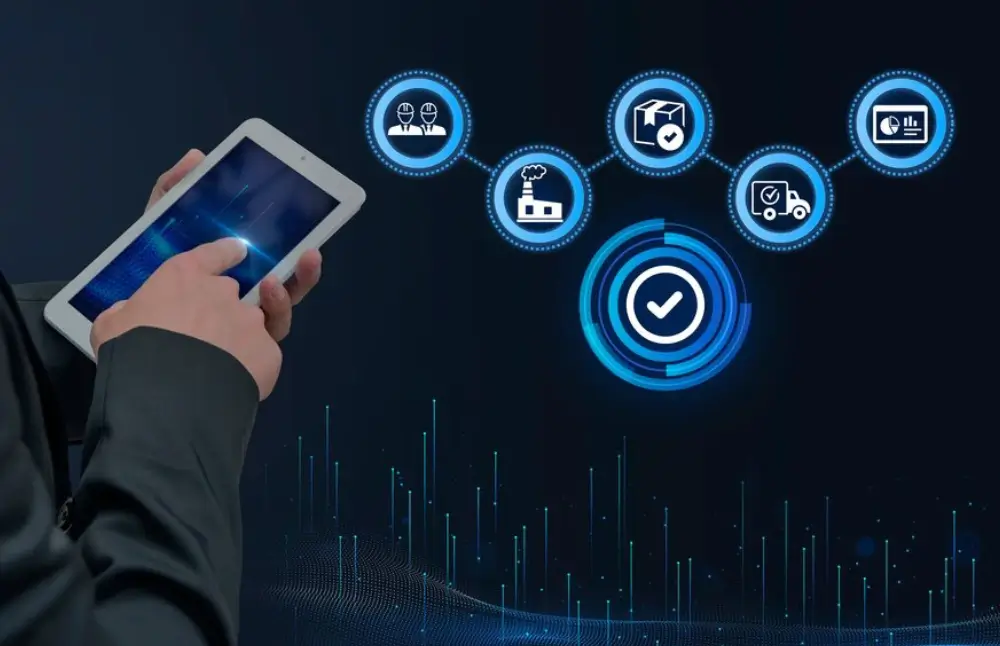Overview
In today’s fast-evolving business landscape, many organizations operate in complex environments that involve multiple ERP (Enterprise Resource Planning) systems. These systems help manage business processes across departments, including finance, human resources, supply chain management, and more. While managing one ERP can be challenging, handling multiple ERPs in an organization increases the complexity tenfold. This is especially true for e-invoicing processes, where compliance, integration, and operational efficiency are critical.
The rise of digital transformation has made e-invoicing a vital part of many organizations’ financial operations. With regulatory mandates emerging worldwide, companies are increasingly required to transition to electronic invoicing. However, the complexity of multi-ERP systems can make this transition difficult. In this blog, we will explore how businesses operating multiple ERP systems can integrate e-invoicing smoothly and offer solutions to minimize disruptions while maintaining compliance.
The Complexity of Multi-ERP Environments
Organizations often manage multiple ERPs for several reasons, including mergers and acquisitions, regional expansions, or different operational needs within departments or subsidiaries. While this multi-ERP approach can bring benefits like operational flexibility and departmental autonomy, it also brings challenges—especially in standardizing financial processes like e-invoicing.
Some key issues faced in multi-ERP environments include:
Given these challenges, how can businesses integrate e-invoicing into a multi-ERP environment without major disruptions?

Strategies for Integrating E-Invoicing in Multi-ERP Environments
Implement a Centralized E-Invoicing Solution
An effective way to streamline e-invoicing across multiple ERPs is by using a centralized e-invoicing solution that consolidates data from all systems into a single platform. This ensures consistent e-invoicing standards and simplifies compliance with local tax regulations, as the system can be tailored to meet various legal requirements. By providing a standardized interface for invoice data flow, a centralized solution also reduces the complexity of integrating individual ERP systems.
Use Middleware for Integration
Middleware bridges different ERPs and a centralized e-invoicing platform, standardizing data formats and transmitting invoices seamlessly. This allows businesses to avoid modifying each ERP, reducing disruptions and enabling easy scalability as they grow or add systems.
Opt for Cloud-Based E-Invoicing Platforms
Cloud-based e-invoicing platforms offer flexibility and scalability, integrating easily with multiple ERPs without infrastructure changes. They provide real-time access to data and automatically adjust to global compliance requirements, ensuring smooth operations across regions.
Automate Workflows and Approvals
Automating invoice workflows and approvals standardizes processes, reduces manual tasks, and improves efficiency. It ensures consistent handling across ERPs, freeing employees from manual reconciliations and cutting operational costs.
Leverage AI and Machine Learning
AI and machine learning optimize e-invoicing by analyzing historical data, predicting compliance risks, and improving invoice matching across ERPs. These technologies enhance accuracy and streamline operations with minimal manual intervention.
Prioritize Compliance Monitoring and Auditing
Regular compliance monitoring and auditing in your e-invoicing solution help track legal changes and address discrepancies early. Built-in tools keep you ahead of regulations, minimizing the risk of non-compliance and associated penalties.

Conclusion
Successfully integrating e-invoicing into a multi-ERP environment requires minimizing disruptions and ensuring compliance. By adopting strategies like using a centralized platform, leveraging middleware, and automating workflows, businesses can streamline processes, reduce complexities, and stay compliant with regulations.
Smartbooqing simplifies this by efficiently integrating with ERP systems to deliver seamless accounts payable automation. It ensures smooth invoice data flow, automates manual tasks, and leverages AI for greater accuracy. This approach reduces operational costs, improves efficiency, and helps businesses thrive in even the most complex multi-ERP environments.



